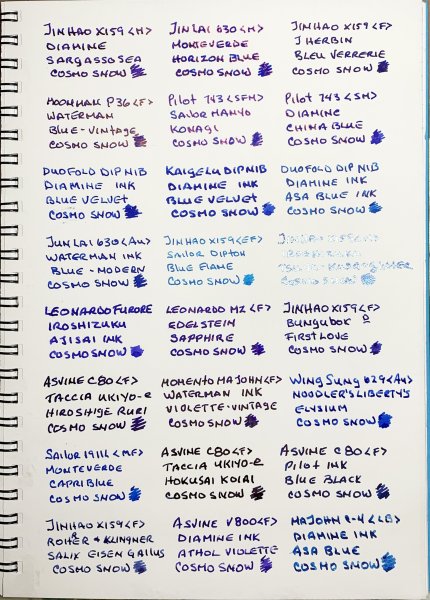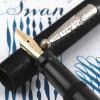Chancery Italic Script instructions
-
Forum Statistics
357.4k
Total Topics4.7m
Total Posts -
Member Statistics
129,822
Total Members18,857
Most OnlineNewest Member
SandraZig
Joined -
Images
-
Albums
-
My photos
- By lamarax,
- 0
- 0
- 43
-
Misfit’s 3rd Album for pens, paper, ink
- By Misfit,
- 96
-
Uploads
- By hari317,
- 0
- 0
- 87
-
USG 22
- By USG,
- 0
- 0
- 44
-
Andrew Lensky Arts
- By Andrew_L,
- 4
- 25
- 94
-

















.thumb.jpg.f07fa8de82f3c2bce9737ae64fbca314.jpg)









Recommended Posts